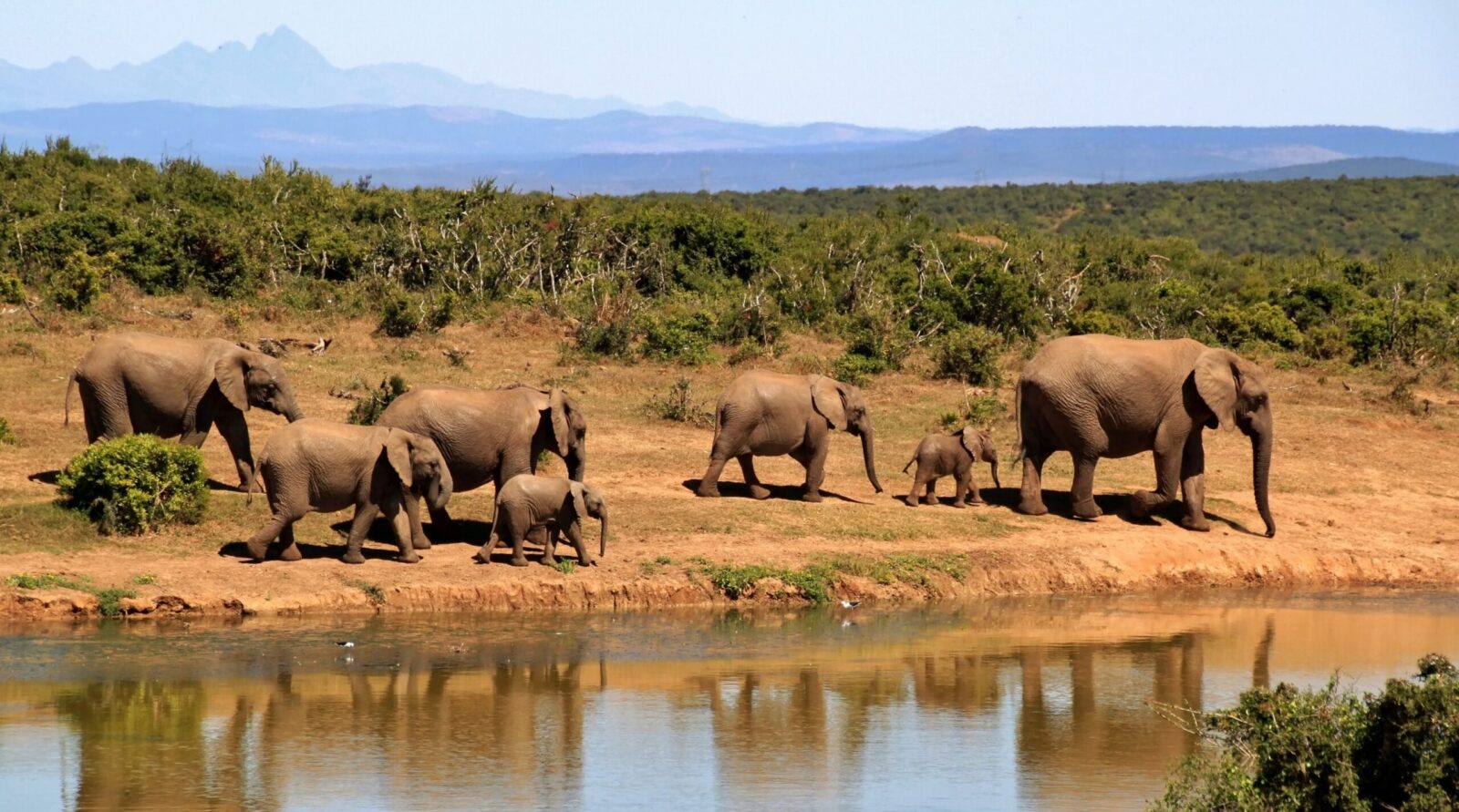© WildHorn Africa. All Rights Reserved.
Boma National Park is one of the largest and least-explored protected areas in South Sudan. Encompassing approximately 22,800 square kilometers, it borders Ethiopia to the east and forms part of the Boma-Jonglei landscape, a globally significant ecosystem. Boma is home to one of the largest wildlife migrations in the world, involving hundreds of thousands of antelope.
Despite limited infrastructure, Boma National Park offers immense potential for conservation, research, and future eco-tourism in East Africa.
Brief History of Boma National Park
Boma National Park was established in 1986 by the Sudanese government, before South Sudan’s independence in 2011. It was created primarily to protect the massive white-eared kob migration, one of Africa’s greatest but least-known wildlife spectacles.
After decades of civil war and instability, conservation efforts are gradually being revived by local authorities, the South Sudanese Wildlife Service, and international NGOs like the African Parks Network and Wildlife Conservation Society (WCS).
What to Do at Boma National Park
Although tourism is currently minimal due to limited infrastructure and security challenges, Boma’s landscape offers immense adventure and discovery for scientists, conservationists, and intrepid explorers.
1. Witness the Antelope Migration
Every year, millions of:
White-eared kob
Mongalla gazelles
Tiang (a type of topi)
migrate across Boma and into the Zeraf and Nile floodplains, rivaling the famous wildebeest migration of the Serengeti. It’s one of the world’s largest terrestrial wildlife migrations, largely unknown to the public.
2. Wildlife Watching
Beyond the migration, Boma is home to:
Elephants
Lions
Leopards
Buffalo
Giraffes
Hartebeests
Baboons and colobus monkeys
Spotting wildlife requires time and patience due to the park’s size and remoteness.
3. Birding
The park’s varied habitats support over 400 bird species, including:
Saddle-billed storks
African fish eagles
Secretary birds
Vultures and hornbills
4. Cultural Encounters
The park is traditionally inhabited by indigenous communities, including the Anuak, Murle, and Toposa peoples. Visitors can learn about their pastoralist lifestyles, music, and customs (with proper community consent and guides).
How to Get to Boma National Park
Access to Boma National Park is limited and requires careful logistical planning.
From Juba (South Sudan’s capital):
Fly to Pibor or Boma Airstrip (charter flights required)
Drive via 4×4 vehicles to park headquarters or designated wildlife areas
Note: Due to ongoing development and occasional instability, all travel must be arranged with experienced guides or organizations like WCS or African Parks.
Accommodations at Boma National Park
Currently, there are no formal tourist lodges in Boma National Park. Accommodation options include:
1. Research Camps
Operated by conservation organizations like WCS; offer basic lodging and logistics for researchers and conservation personnel.
2. Camping
Wilderness camping is possible with proper permits and a guide. Visitors must bring all supplies and prepare for complete self-sufficiency.
3. Nearby Settlements
Basic guesthouses may be available in Boma town, but amenities are limited. Plans for eco-lodges are in discussion for future tourism growth.
Wildlife and Conservation Significance
Boma National Park is part of one of Africa’s most critical conservation landscapes and is increasingly recognized as a priority for global biodiversity efforts.
Key Conservation Highlights:
White-eared kob migration involves more than 1.3 million antelope
Home to Africa’s “hidden Serengeti” with spectacular wilderness
Protects critical corridors for elephants, giraffes, and carnivores
Supports wetlands, grasslands, and savannah forests vital to carbon storage and climate resilience
Efforts by organizations like African Parks and WCS aim to:
Train and support local rangers
Engage communities in wildlife management
Monitor migratory routes with satellite and aerial data
Why Visit or Support Boma National Park?
Witness one of the largest antelope migrations on Earth
Support community-led conservation and post-conflict restoration
Explore South Sudan’s untapped natural beauty
Help protect a globally significant ecosystem for future generations
Boma National Park remains one of Africa’s last great frontiers—a vast, untamed land brimming with wildlife and potential. Though it is currently best suited for research and conservation efforts, Boma holds incredible promise for sustainable tourism, ecological research, and regional development.

 WildHorn Africa – Authentic and unforgettable tours across Africa, guided by local experts who know the land, wildlife, and culture best.
WildHorn Africa – Authentic and unforgettable tours across Africa, guided by local experts who know the land, wildlife, and culture best.


